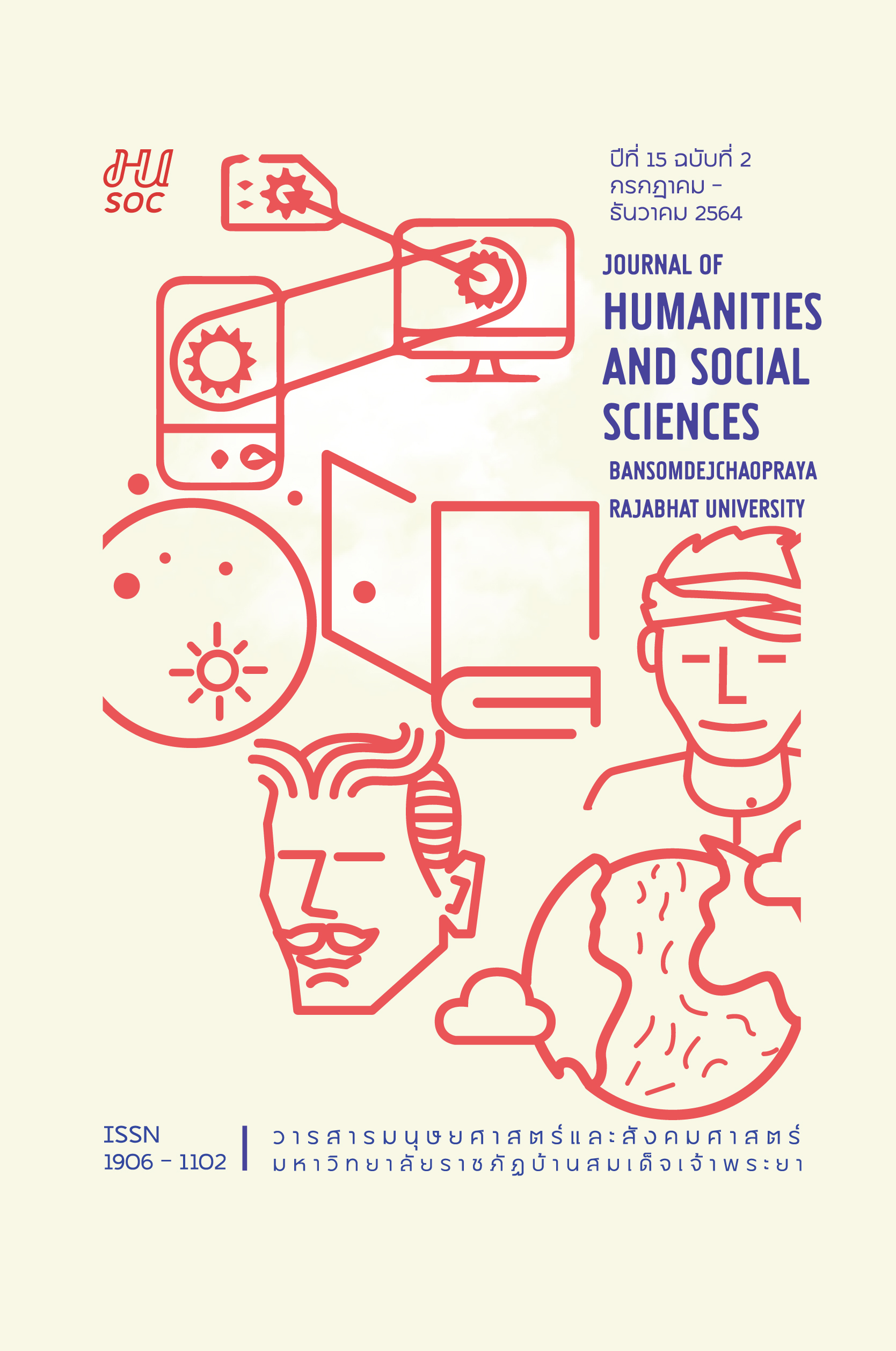A Preliminary Study of the Connections among the Meaning, Sound, Pattern, and Usage of the Chinese Character “Zai”
Keywords:
Connections, Meaning, Sound, Pattern, UsageAbstract
The letter 在 has a variety of lexical and grammatical meanings. It is a Chinese character that is frequently used and is a Chinese character that appears in the form of a basic sentence for beginner learners. This academic paper aims to clearly show the relationship between the four basic elements of the present Chinese language through studying the relationship between meanings, sounds, characters, and the initial use of the letter 在 and to serve as a guideline for Chinese learners to study and develop their Chinese language skills effectively. In this academic paper, the content is divided into 5 parts, namely 1) the meaning of the letter 在 2) the relationship between the meaning and the reading sound of the letter 在 3) the relationship between the meaning and the letter form of the letter 在 4) the use of the letter 在 and 5) the conclusion will give an overview of the relationship between meanings, sounds, characters, and usage of the letter 在 as a whole and their use as Guidelines for Chinese learners to use in studying and developing Chinese language skills effectively.
References
คัง หยู้ฮวา, ไหล ซื่อผิง. (2560). สนทนาภาษาจีน 301 ประโยค เล่ม 1. กรุงเทพฯ: เอบิซ อินเตอร์ กรุ๊ป.
เธียรชัย เอี่ยมวรเมธ. (2559). พจนานุกรมจีน-ไทย ฉบับใหม่. (พิมพ์ครั้งที่ 33). กรุงเทพฯ: บริษัท รวมสาส์น (1997).
Chinesetest. (n.d.). Xin HSK (yi ji) Kaoshi Dagang. Retrieved 31 October 2021, from http://www.chinesetest.cn/userfiles/file/dagang/HSK1.pdf
Kumpai, A. (2021). Changes of word meaning in Chinese. Journal of the Faculty of Arts, Silpakorn University, 27(1), 7-26.
北京大学中文系现代汉语教研室. (2010). 《现代汉语》. 北京: 商务印书馆.
高守纲. (1994). 《古代汉语词义通论》. 北京: 语文出版社.《古代汉语词典》
郭锡良. (1986). 《汉语古音手册》. 北京: 北京大学出版社.
黄伯荣, 廖序东. (2007).《现代汉语•上册(第4版)》. 北京: 高等教育出版社.
黄德宽. (2007).《古文字谱系疏证(全4册)》. 北京: 商务印书馆.
金良年. (2012).《论语译注》. 上海: 上海古籍出版社.
李圃, 郑明. (2010).《古文字释要》. 上海: 上海教育出版社.
上海古籍出版社. (1997).《十三经注疏•论语》. 上海: 上海古籍出版社.
苏新春. (1992).《汉语词义学》. 广东: 广东教育出版社.
王力. (2013).《汉语词汇史》. 北京: 中华书局.
许慎, 段玉裁. (2007).《说文解字注》. 杭州: 浙江古籍出版社.
杨寄洲. (2016).《汉语教程(第一册上)(第3版)》.北京: 北京语言大学出版社.
张静贤, 梁彦民, 赵雷. (2004).《汉字教程》. 北京: 北京语言大学出版社.
张双棣, 张联荣, 宋绍年, 耿振生. (2002).《古代汉语知识教程》. 北京: 北京大学出版社.
赵克勤. (1994).《古代汉语词汇学》. 北京: 商务印书馆.
编写组. (2007). 《古代汉语词典缩印本)》. 北京: 商务印书馆.
中国社会科学院语言研究所词典编辑室. (2012). 《现代汉语词典(第6版)》. 北京: 商务印书馆.
Downloads
Published
How to Cite
Issue
Section
License

This work is licensed under a Creative Commons Attribution-NonCommercial-NoDerivatives 4.0 International License.




